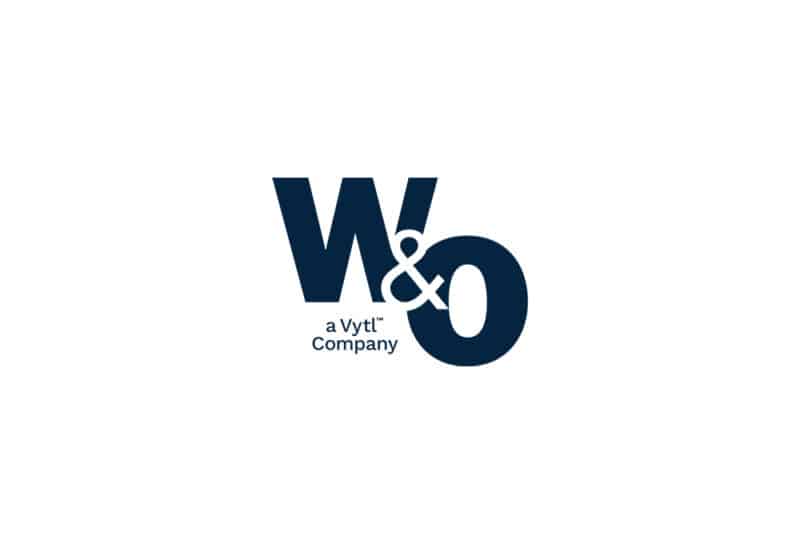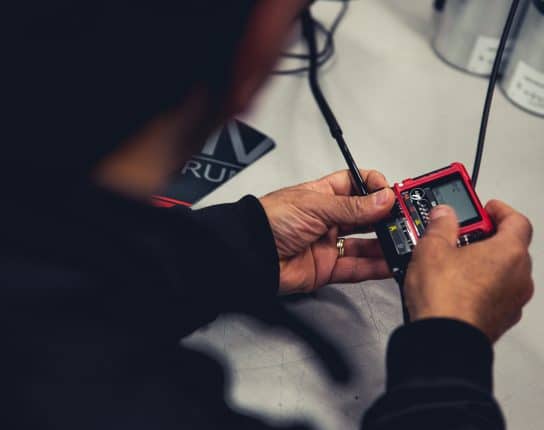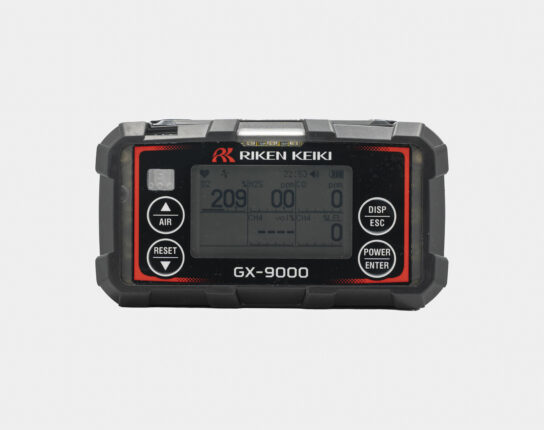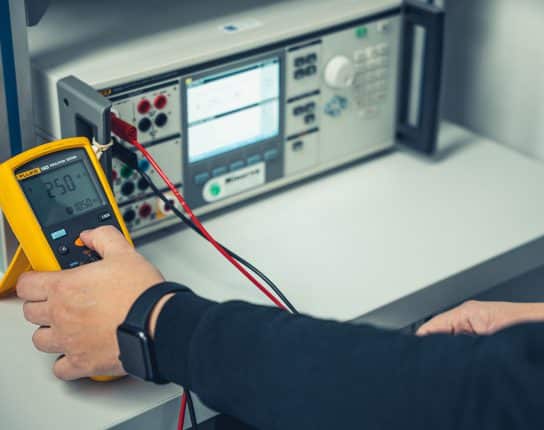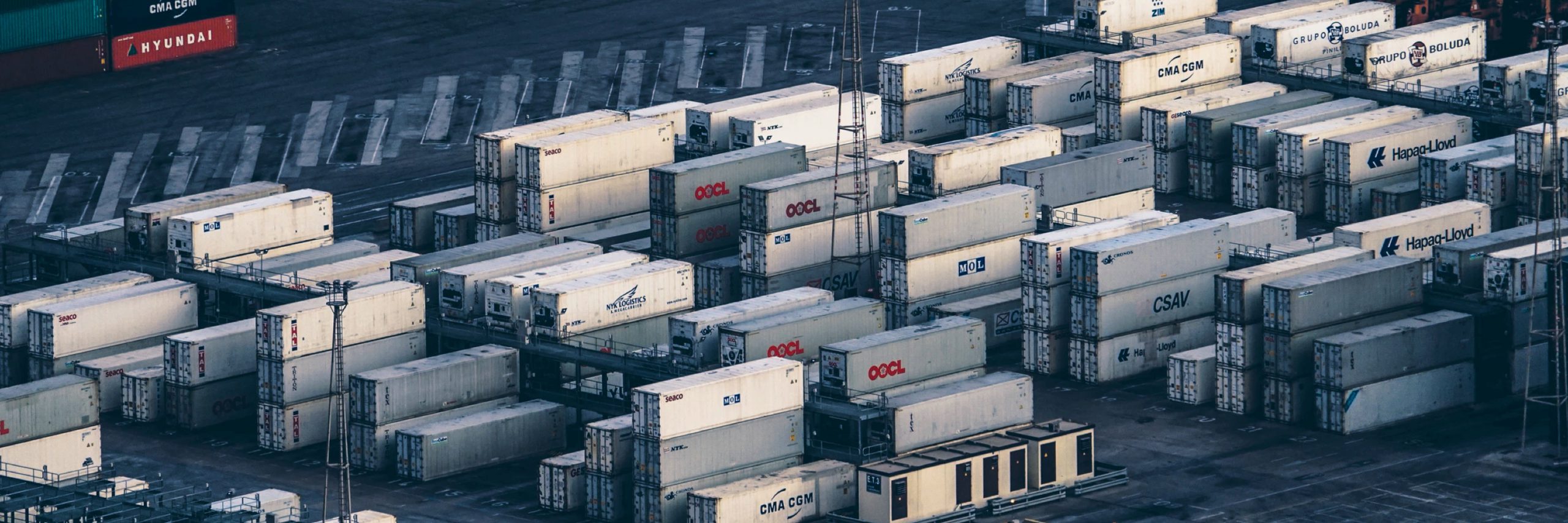
How to choose the right valve
In both the maritime and industrial sector, where precision and control are paramount, valves play a crucial role in the seamless flow of processes. However, selecting the right valve can be a daunting task given the diverse options available in the market. In this blog post you can read more about the essential factors to consider and how you can make the right choice.
The crucial role of valves
Valves play an important role in processes. They enable the precise control of fluid flow by opening and closing, ensuring that fluids are treated in manageable quantities. Valves act as correcting systems within the process, maintaining the balance required for seamless operations. Paired with other essential equipment, valves are instrumental in handling and regulating the flow of processes. A slight deviation in any valve component can disrupt the entire flow, leading to costly downtime and operational setbacks. Therefore, the right valve with specific standards is indispensable to keep processes running smoothly and safely.
Essential features
When it comes to valves, one size does not fit all. Each one must meet specific standards to guarantee a controlled and safe process. One of the critical aspects is understanding the characteristics and capacity of the valve. Deviations in these features can result in erratic flows, stopping the entire process. By choosing a valve with the right specifications, you can ensure a controlled process that takes place securely and efficiently.
Types of valves
Valves come in a lot of different shapes and sizes, each designed for specific applications. To make the right choice, it’s essential to understand of these types. Here are some common types of valves that you can encounter:
- Ball Valve: These valves use a spherical disc to control the flow between pipes. They are durable, reliable, and are ideal for shutoff applications.
- Thermostatic Valve: These valves regulate the temperature of a system, ensuring that the fluid maintains a consistent heat level. They are crucial for systems where temperature control is critical.
- Shutoff Valve: As the name suggests, shutoff valves completely stop the flow of fluid within a pipe or conduit. They are indispensable in emergencies and for maintenance purposes.
- Butterfly Valve: These valves control the flow using a circular disc or vane. They are lightweight, making them an excellent choice for larger pipes and systems.
- Water Valve: Water valves are specifically designed to regulate the flow of water. They are used extensively in maritime applications where water management is essential.
- Safety Valve: Safety valves are a critical component in maritime operations. They release excess pressure from systems, preventing potential disasters and ensuring the safety of both crew and vessel.
- Angle Valve: Angle valves are used in applications where space is limited. They are designed to change the direction of flow within a pipe system, offering versatility in installation.
- Indicator Valve: Indicator valves provide visual indications of the valve’s status, allowing operators to monitor the flow without disassembling the valve. This feature enhances operational efficiency and safety.
Choosing the right valve
In conclusion, understanding the vital role of valves as correcting systems within processes is essential. By paying attention to crucial features and choosing the right type of valve for specific applications, you can have a smooth and safe operation. With a wide assortment of valves, including ball valves, thermostatic valves, shutoff valves, butterfly valves, water valves, safety valves, angle valves, and indicator valves, GMS Instruments can help you with high-quality, reliable valves designed for various applications. If you need help choosing the right valve for your system, you can always contact one of our specialists.
Related
More of the same